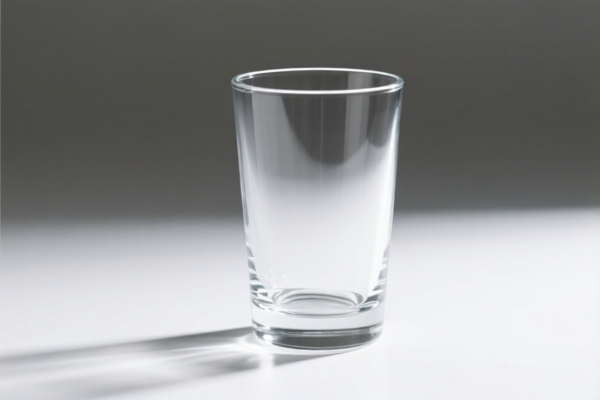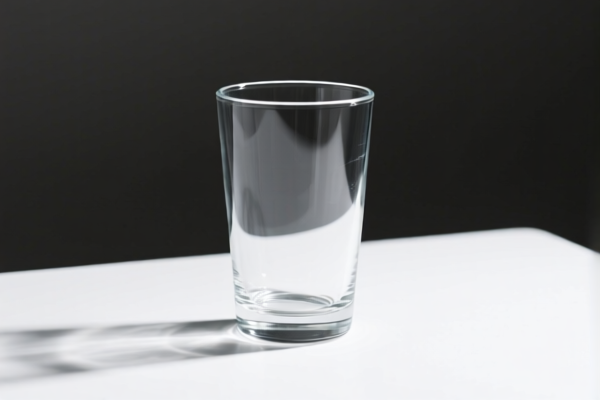| HS Code | Official Doc | Tariff Rate | Origin | Destination | Effective Date |
|---|---|---|---|---|---|
| 7002101000 | Doc | 58.9% | CN | US | 2025-05-12 |
| 7002102000 | Doc | 55.0% | CN | US | 2025-05-12 |
| 7013991000 | Doc | 52.5% | CN | US | 2025-05-12 |
| 7013492090 | Doc | 60.0% | CN | US | 2025-05-12 |
| 7010905005 | Doc | 55.0% | CN | US | 2025-05-12 |
| 7010905055 | Doc | 55.0% | CN | US | 2025-05-12 |
| 7117907500 | Doc | 30.0% | CN | US | 2025-05-12 |
| 7117905500 | Doc | 44.7% | CN | US | 2025-05-12 |
| 7116204000 | Doc | 48.0% | CN | US | 2025-05-12 |
| 7116205000 | Doc | 37.5% | CN | US | 2025-05-12 |




Glass Bead
A glass bead is a small, decorative object made of glass, typically spherical or cylindrical, and used for a variety of purposes throughout history and in modern times.
Material
Glass beads are primarily composed of silica, typically in the form of sand, soda ash, and lime. Various metal oxides are added during the manufacturing process to create a wide range of colors and visual effects. Common additives include:
- Iron oxide: Produces shades of green, brown, and yellow.
- Cobalt oxide: Creates blue colors.
- Manganese dioxide: Yields purple and amethyst tones.
- Gold chloride: Used for creating ruby red glass, often called "goldstone".
Purpose & Historical Significance
Throughout history, glass beads have served diverse roles:
- Currency: Beads were widely used as a form of currency, particularly in trade with indigenous populations in Africa, Asia, and the Americas. Their portability and relative durability made them practical for exchange.
- Trade Goods: Beads were valuable trade items, often used to acquire resources or establish relationships.
- Decoration: Beads have been used for personal adornment in jewelry, clothing embellishment, and as decorative elements in various crafts.
- Spiritual/Religious Objects: Certain bead types held cultural or religious significance in various societies.
- Weights: Smaller beads were sometimes used as weights in scales or for measuring purposes.
Function
The primary function of a glass bead depends on its type and intended use:
- Ornamentation: Providing aesthetic appeal in jewelry, clothing, and decorative arts.
- Counting/Record Keeping: Used in abacuses or as part of counting systems.
- Abrasive/Polishing: Small glass beads are utilized in sandblasting, polishing, and cleaning applications.
- Scientific/Industrial Applications: Used in chromatography, flow cytometry, and as calibration standards.
Usage Scenarios
- Jewelry Making: Beads are strung together to create necklaces, bracelets, earrings, and other accessories.
- Crafts: Used in beadwork, embroidery, mosaics, and other artistic endeavors.
- Sandblasting: Glass beads are propelled by compressed air to clean or etch surfaces.
- Industrial Cleaning: Used to remove rust, paint, or other coatings from metal surfaces.
- Scientific Research: Employed in various laboratory procedures and analytical techniques.
- Historical Reenactment/Collection: Beads are collected as artifacts and used in historical studies.
Common Types
- Seed Beads: Small, uniform beads used for intricate beadwork.
- Bugle Beads: Cylindrical beads, often used for fringe or edging.
- Czech Glass Beads: Known for their high quality and diverse shapes and finishes.
- Venetian Glass Beads (Murano Beads): Historically renowned for their elaborate designs and craftsmanship.
- Lampwork Beads: Individually crafted beads created using a torch.
- Fire-Polished Beads: Beads that have been heated and polished for a smooth, shiny finish.
- Goldstone Beads: Beads containing metallic inclusions, creating a sparkling effect.
- Acrylic Beads (often mistaken for glass): A plastic alternative to glass beads, offering a wider range of colors and lower cost.
Glass beads fall under the classification of glass in balls, rods or tubes, unworked. Here's a breakdown of relevant HS codes based on the provided information:
-
7002101000: This HS code covers glass in balls (other than microspheres of heading 7018), rods or tubes, unworked; specifically, balls not over 6 mm in diameter. This would apply to smaller glass beads.
- 70: Glass and glass articles.
- 02: Glass in balls, rods or tubes, unworked.
- 10: Balls.
- 10: Not over 6 mm in diameter.
-
7002102000: This HS code also covers glass in balls (other than microspheres of heading 7018), rods or tubes, unworked; however, it applies to balls other than those 6 mm in diameter or less. This would cover larger glass beads.
- 70: Glass and glass articles.
- 02: Glass in balls, rods or tubes, unworked.
- 10: Balls.
- 20: Other.
The applicable total tax rate for 7002101000 is 58.9%, comprised of a 3.9% base tariff, a 25.0% additional tariff, and a 30.0% additional tariff effective April 2, 2025. The total tax rate for 7002102000 is 55.0%, comprised of a 0.0% base tariff, a 25.0% additional tariff, and a 30.0% additional tariff effective April 2, 2025.
Customer Reviews
No reviews yet.